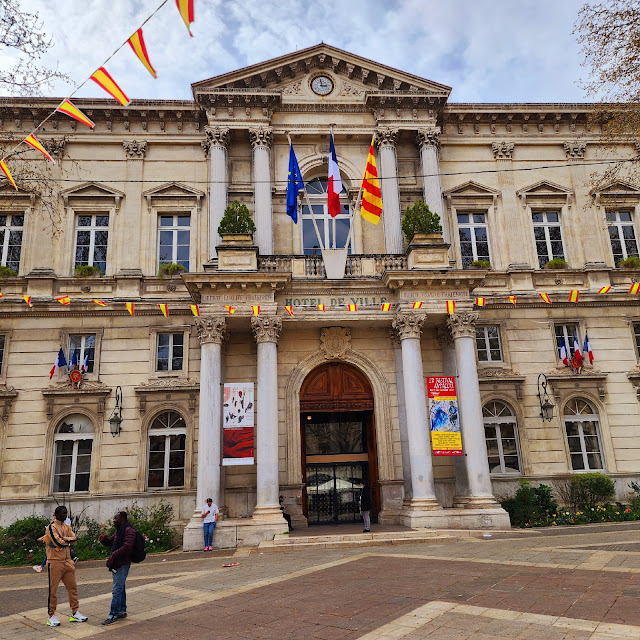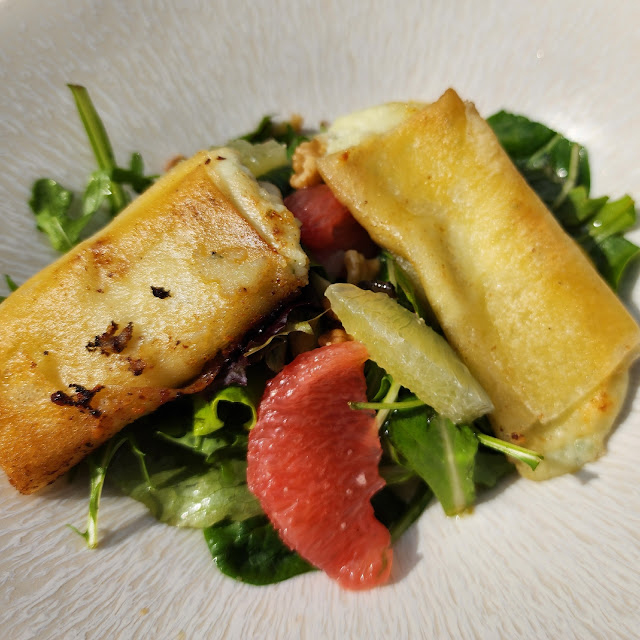One of our favorite things about Provence are the fields of flowers and orchard blossoms that we find at various times of the year. There are orchards with cherry blossoms in April and early May all around the village of Venasque.
Then, red poppies, known as Coquelicots in France, make their appearance in May. Coquelicots generally grow wild rather than cultivated so you never know where you are going to come across them as you drive around Provence.
Lavender, the most famous flowering plant in Provence, blooms from mid-June to late July depending upon elevation. Sunflowers adorn the landscape from late June to the end of July and are typically harvested in August.
A few years back, we discovered that tulips are grown around Jonquieres, a small village about 20 minutes from Sablet. I am not sure if one person owns all the land where they are planted as the location of the tulip fields changes year to year.
Dutch tulip farmers outsource growing bulbs to farmers in Provence. While the flowers are still in full bloom, they cut the flower with a lawn mower type machine to save the plant's energy for the bulbs. The first few times we passed by the tulip fields, it did not appear that they sold any flowers. Now, signs indicate flowers are for sale.
Since the tulips are in bloom in early spring, from late March to early April, we headed out one recent morning toward Jonquieres to see if any tulips were in bloom. The following pictures are what we found.
We have been told that tulips are also grown in the triangle between Lurs, Forcalquier and La Brillanne in the Department of Alpes-de-Haute-Provence. Maybe the next time we are in Sablet in late March, we will head here to explore this area.
 |
| Jonquieres tulip field |
We have been told that tulips are also grown in the triangle between Lurs, Forcalquier and La Brillanne in the Department of Alpes-de-Haute-Provence. Maybe the next time we are in Sablet in late March, we will head here to explore this area.
 |
| Jonquieres tulip field Another flowering plant we see at this time of year is Colza, in English, Rape Seed. The plant is grown to produce oil for cooking and industrial processes. In the United States, we know the edible version of this oil as canola oil. |

































